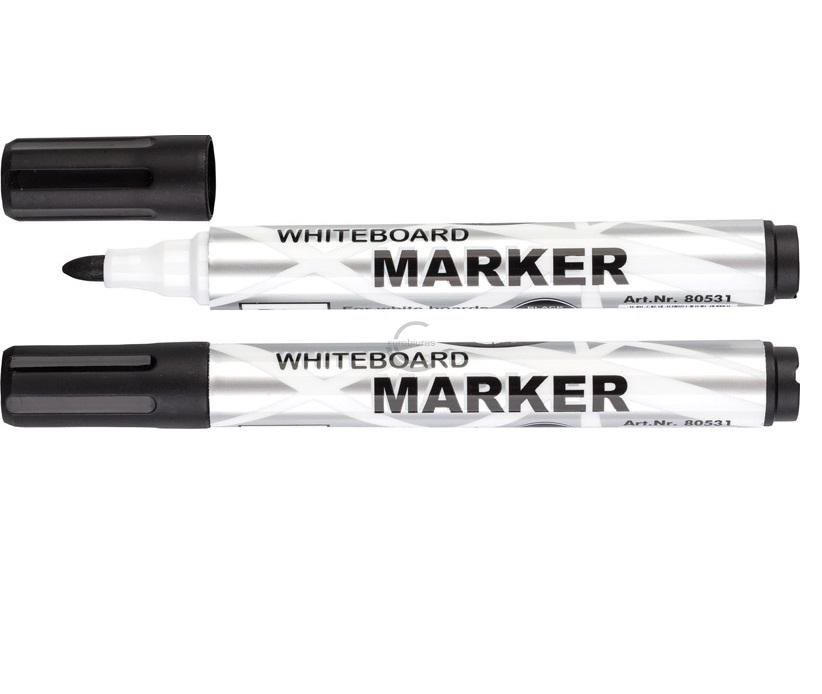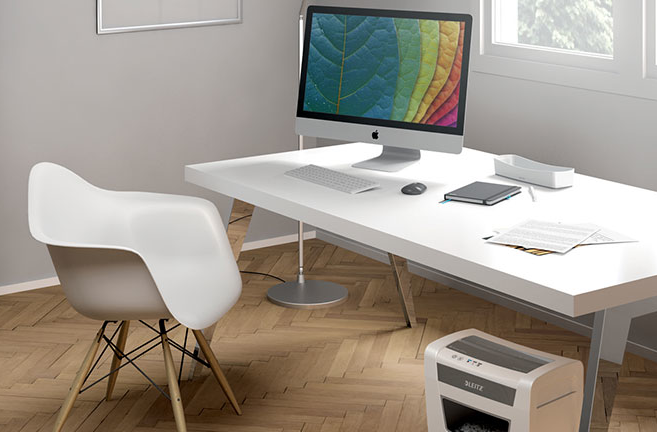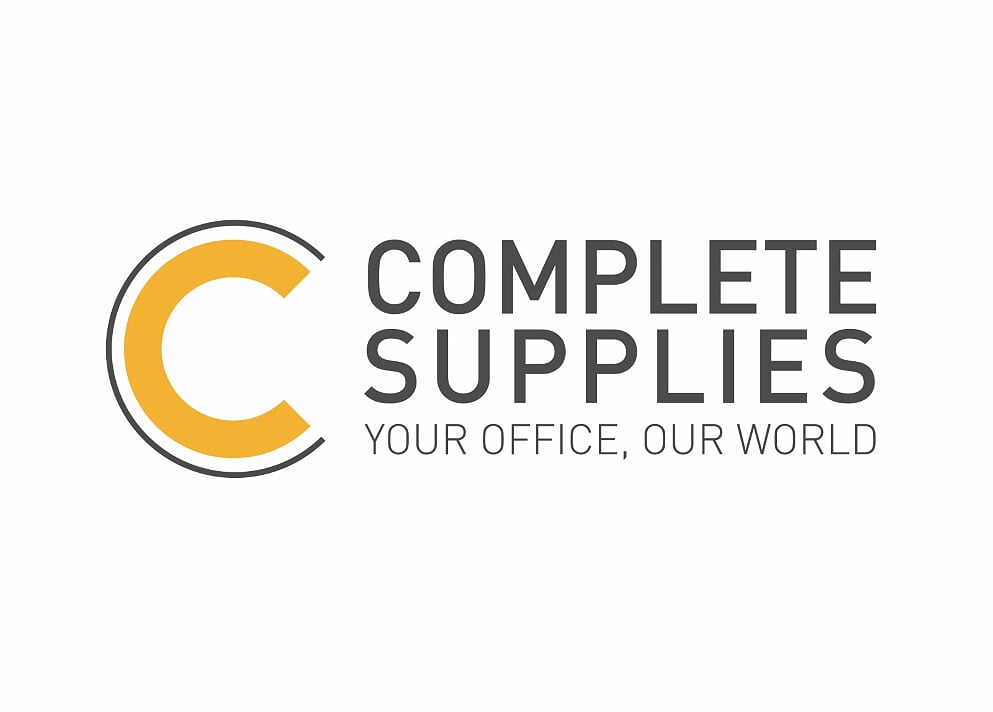Whiteboard Buying Guide
Whiteboards are a staple of every office and workplace. Easy to use and versatile, they offer a great way to communicate to people in all manner of different settings. They are great tools for getting an entire group involved in sharing ideas and working through a plan They have even found a place in our homes, as an easy place to display to-do lists, chores for kids, shopping lists and more!
To buy a whiteboard that works for you, take a read of our buyer’s guide. You’ll find answers to all your questions, and features you may not know were available.

1. Board Size
Board size is a great place to start. It is important to give some thought to what your whiteboard will be used for on a day to day basis. You want to avoid a board that is too small as you will spend your time erasing your earlier thoughts to make room for new ones. On the other hand, don’t get one so large that you don’t have a suitable space for it. Measure up where you intend to work before you begin browsing the vast range of sizes available.
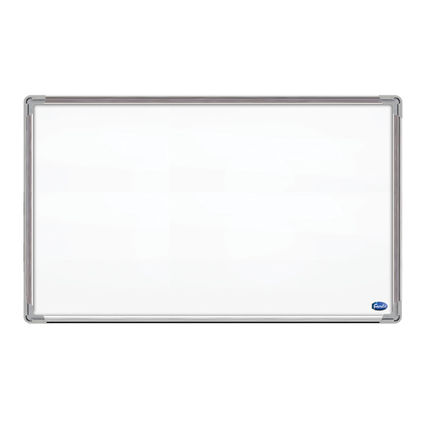
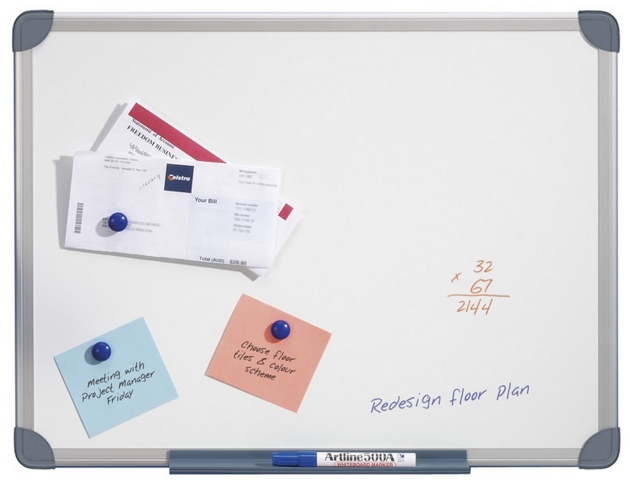
2. Magnetic vs Non-Magnetic
If you want to use magnetic accessories during presentations or for organizational charts, then magnetic is the choice for you. These are especially popular in warehouse type environments or with sports coaches. The downside is that they are more expensive than the non-magnetic variety. If you can’t envisage a use for magnets, spend your money on other features.
3. Wall-mounted vs Free-Standing
Deciding whether to go for a wall-mounted or free-standing whiteboard is an important choice. Wall mounted boards will be fixed in the room, making them ideal for a designated meeting room or classroom. With a free-standing board, you are buying some additional flexibility. If your office space is glass walled for example, the best option will be to consider a free-standing board.
The real benefit of moving away from the wall-mounted class of boards is flexibility. So, you want to be looking for a board that is easy to move, and preferably with wheels for the larger sizes. This will allow you to transform any suitably sized room or venue into a meeting or teaching environment, easily. A free-standing board without wheels will be more stable, however, remember that all wheeled boards will typically have a simple push down lock to fix the wheels in place.

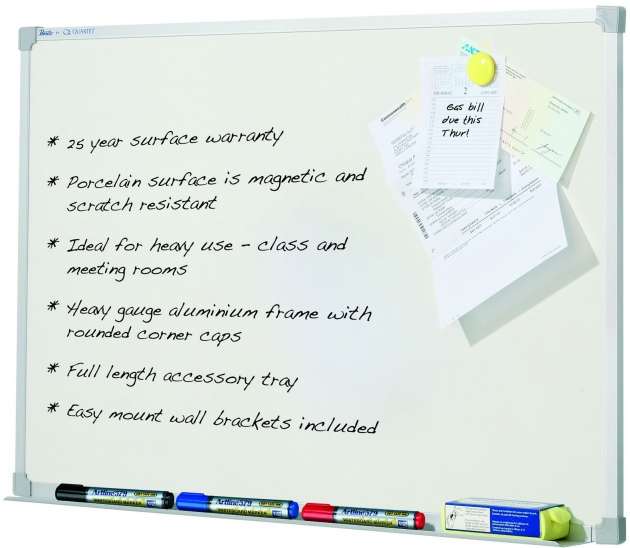
4. Surface Options
Melamine: Whiteboards constructed with a melamine (or plastic) writing surface are inexpensive and are best in areas that do not require heavy use, such as a teacher’s lounge or cafeteria room. While these boards can last for years with proper cleaning and light use, melamine surface marker boards usually only have about a 1-5 year warranty.
Lacquered Steel: With the addition of steel material, this marker board is magnetic and has added durability while still maintaining a low cost. This whiteboard allows for smooth writing, and a marker wipes off easily, avoiding what is known as ghosting. These boards also guarantee long term use.
Porcelain: With the addition of steel material, this marker board is magnetic and has added durability while still maintaining a low cost. This whiteboard allows for smooth writing, and a marker wipes off easily, avoiding what is known as ghosting. These boards also guarantee long term use.
5. Marker Pen Tray
The final thing to consider is the marker pen tray. It may sound like a small decision, but you want to give thought to something you may be using daily for years to come. They come in useful if you need easy access to an eraser and multiple colors. If in doubt get one, as it could always be removed.
